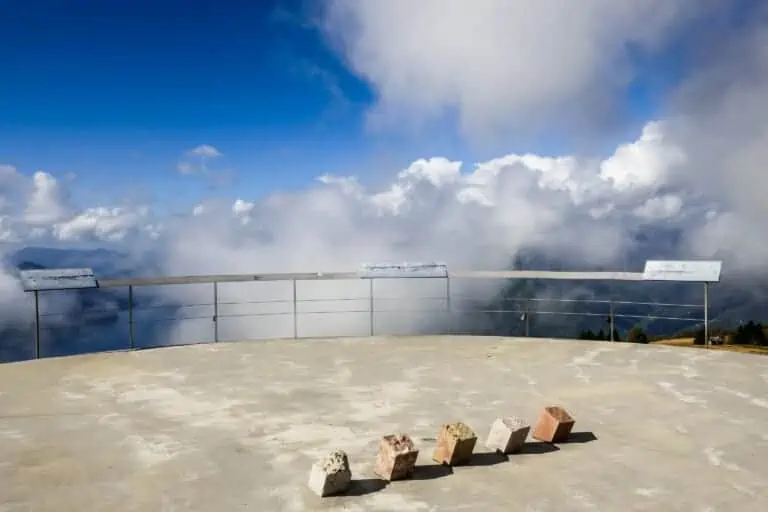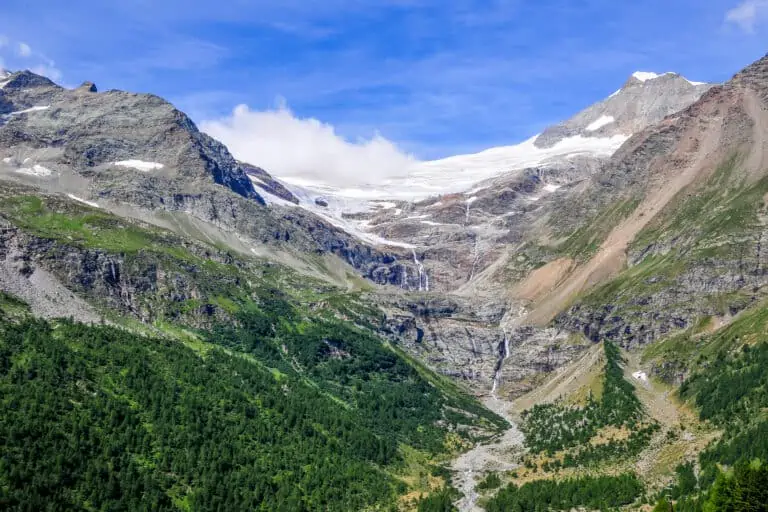The weather in Switzerland: anything is possible
The Swiss Alps: a border between weather types
Nowhere the weather is more changeable than in the mountains. The Swiss Alps are the border between the cooler northern European climate and the warmer southern European climate.
Mountains often form the separation between different kinds of weather. So varying types of weather can be found in Switzerland at the same time.
Variations at a regional level
Variations can even occur at a regional level. While the sun is shining in one Swiss valley, it may be raining on the other side of the mountain in the adjacent valley.
Quick changes during the day
The weather may clear up very fast, even within minutes. So a cloudy, drizzly morning does not necessarily have to be a sign for a full day of bad weather.
It goes the other way around as well: on a beautiful day it may suddenly become cloudy and rainy. This certainly is something to take into account.
Temperatures
How warm it gets in Switzerland
In summer, you can expect day temperatures ranging from 20 °C (68 F) to 35 °C (95 F) in the lower valleys. These are averages. It can get 40 °C (104 F) or warmer during heat waves. And it might as well be 15 °C (59 F) on a rainy day, while it freezes on a high mountain top.
How cold it gets in Switzerland
In winter, day temperatures can range from freezing point to 10 °C (50 F) in the lower areas and most larger towns. In high-alpine regions such as the Engadine, temperatures are usually around or below freezing point all day long. At the highest mountain tops, expect temperatures of -10 °C to -15 °C (14 F to 5 F).
Switzerland’s warmest months and regions
- Warmest months: July and August
- Warmest areas: Lake Geneva, the Rhône Valley up to Brig, and the valleys in the south of the Ticino. All low-elevation areas around lakes and rivers from the West to the North-East (Geneva – Zurich – St. Gallen) are pretty warm as well.
Switzerland’s coolest months and regions
- Coolest months: January and February
- Coolest areas: all places high up in the mountains and the Engadine
Overall: mild temperatures
Switzerland’s temperatures are quite mild. They’re strongly influenced by the relatively nearby Atlantic. Winds from the Atlantic transport moist and mild maritime air into Switzerland.
Cooler northern regions, warmer southern regions
On average, the areas north of the Alps are cooler than the areas south of the Alps. South-facing slopes receive more sunshine and are warmer than north-facing slopes. Wide valleys and lakes receive more sunshine than narrow valleys.
Temperatures vary by altitude
Elevation is what influences the temperature most. Every 100 m (328 ft) of gaining height can cause temperature drops of 0.7-1.0 °C (1.8 F). On mountain tops it may be chilly even in summer and you may encounter thick layers of snow.
In low sunny areas like Lake Geneva and the Rhône Valley in the Valais, there is a Mediterranean climate in summer. Palm trees can be found in the sunniest region of Switzerland: the Lago Maggiore in Ticino.
Temperatures vary by time of the year
Switzerland has four seasons: winter, spring, summer and autumn. The summer months are warmest, winter months coolest.
Rain
Switzerland’s driest months and areas
Switzerland’s wettest months and areas
- Wettest months: May to August
- Wettest areas: all places high up in the mountains
General rain patterns
The amount of precipitation in Switzerland is very variable. The Rhone Valley in the Valais is one of the driest parts of the country, sometimes locally comparable to a steppe climate. In this dry and sunny valley, grapes, apricots and grapefruits grow. Most Swiss wine comes from this region too.
The Engadine Valley in the South-East is very dry as well, but it’s at a high altitude and therefore quite cold. The alpine regions get the largest amounts of rain and snow.
In general, there’s more precipitation in the western Alps, as clouds come in from the Atlantic and lose most of their water before reaching the south-eastern parts of Switzerland (Lake Maggiore, Lake Lugano and the Engadine).
Snow
Learn all about Swiss winter weather, and when and where to expect snow, here.
The Föhn-wind
The so-called ‘Föhn’ is a high-speed, cross-alpine wind, similar to the Chinook in the Rocky Mountains. It can occur all year long, but is most common in winter.
- If the wind blows from the south, it results in rain in the southern Alps, and dry warm fall winds in the northern Alps. If the Föhn occurs in winter or spring, it causes the snow to melt quicker.
- If the wind blows from the north (which happens less often), it results in rain in the northern Alps, and dry, relatively cool high-speed fall winds in the southern Alps.
How to prepare for Swiss weather
Choose your base towns wisely
If the weather is important to your vacation, carefully select the towns you plan to stay in. For example:
- If you prefer snow-covered towns or winter sports, you need to visit Switzerland in winter (January to mid-March) and pick towns above 1,500 m.
- If you prefer warm and sunny weather, you’d best stay in low regions in the south and visit during summer. Examples are Lake Geneva, the Rhône Valley up to Brig (the Valais), Lake Maggiore and Lake Lugano.
Check weather patterns for each region or town you’re interested in.
Check weather forecasts
Check the weather forecast on the evening before you have planned to do a trip. Double-check the next morning, and check live webcam images of your destination too. The local forecast, specifically for the town or region you wish to visit, may provide more details as well.
Regardless of the predictions, the weather may change really quickly and dramatic differences between one valley and the next are no exception. So it’s best to be prepared for weather variations.
Adjust to dangerous weather
Adjust your plans if weather dangers are expected for your region. For example: don’t go out hiking if there’s a risk of thunderstorms. Don’t go skiing or winter hiking in extreme cold or snow blizzards. Better be safe than sorry!
Pack the right clothes
Learn what to pack for all sorts of day trips here.
A warming climate
Unfortunately, global warming causes significant changes to the temperatures, the climate and the geography of Switzerland. Learn all about it here.
Weather FAQ
-
What will the weather be like during my stay?
Long-term predictions for Swiss weather are impossible. You can get an impression of what to expect by looking at the general patterns for your town, region and time of the year.
Other than that, all you can do is keep an eye on the Swiss weather forecasts. They’re reliable about 5 days ahead.
-
What to do if weather is bad during my stay?
Continuous days of bad weather with ongoing heavy rain or thunderstorms don’t occur often. But if weather isn’t favorable during your stay, city visits and indoor activities are perfect activities.
-
How to dress for Swiss weather?
Find a basic packing list plus lots of clothing tips here.
-
Is it worth visiting mountains in clouds or rain?
Visiting a Swiss mountain top is not worth it if continuous rain is expected, and if the mountain will be covered by clouds all day long. You won’t be able to enjoy the views.
However, when the weather alternates between sun and clouds, you can have brilliant moments at mountain tops. And if low clouds cover the valleys, skies may be clear at high altitudes. This especially happens in autumn and winter.
So always check the forecast and webcams showing live images for the mountain you want to visit.
-
Does Switzerland have snow all year?
No. Switzerland is not covered in snow all year long, not even in winter. The highest mountain tops usually have snow all year, but that’s still no guarantee.
Learn when and where to expect snow here.
More info about weather, clothing, and climate
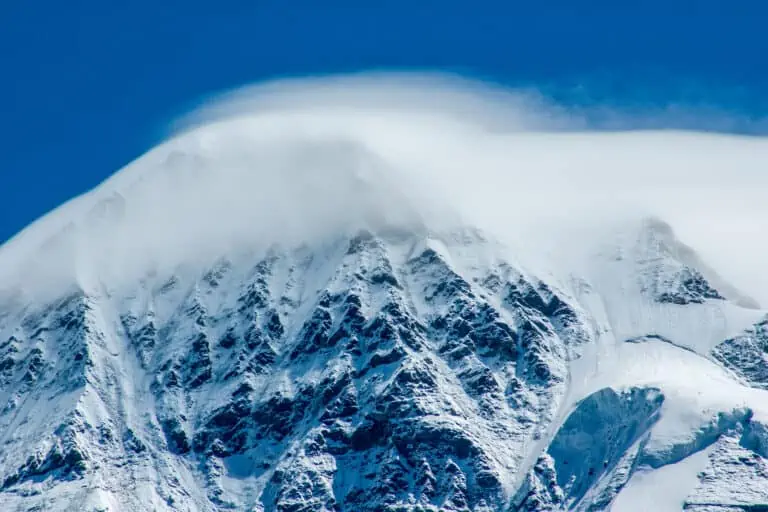
Weather forecast
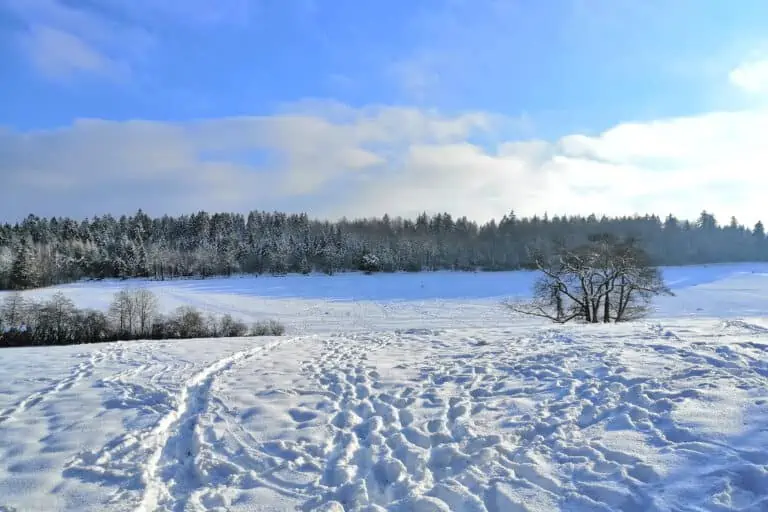
Winter weather and best time to visit
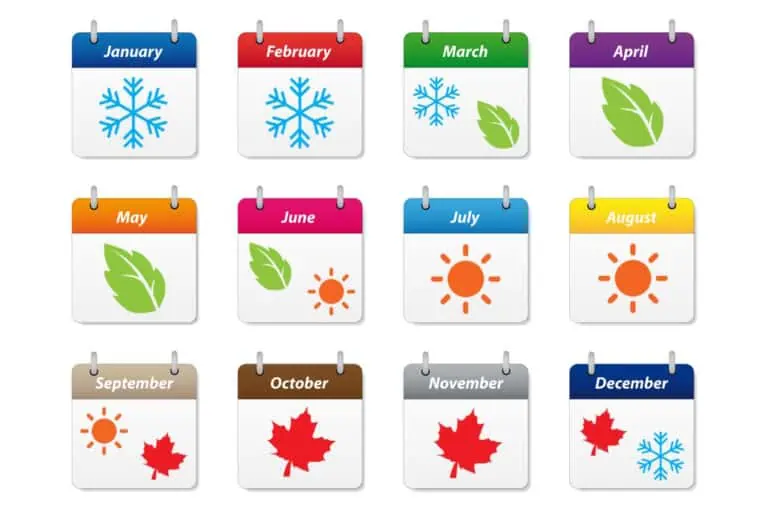
Best time to visit
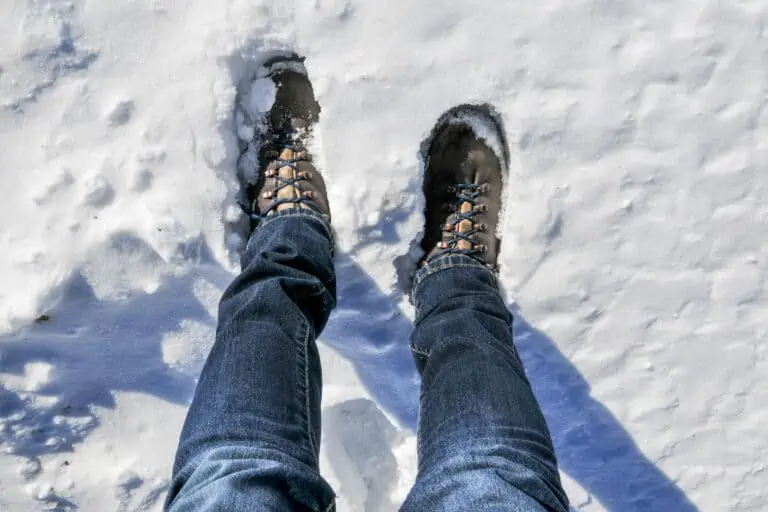
Clothing and gear
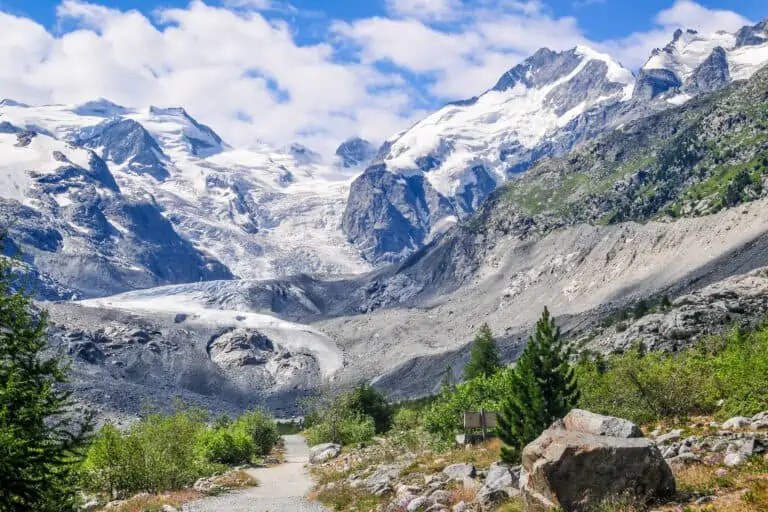
Climate change in Switzerland
Other websites of interest
- www.meteoschweiz.admin.ch: average climate statistics
- www.meteoschweiz.admin.ch: climate change in Switzerland
